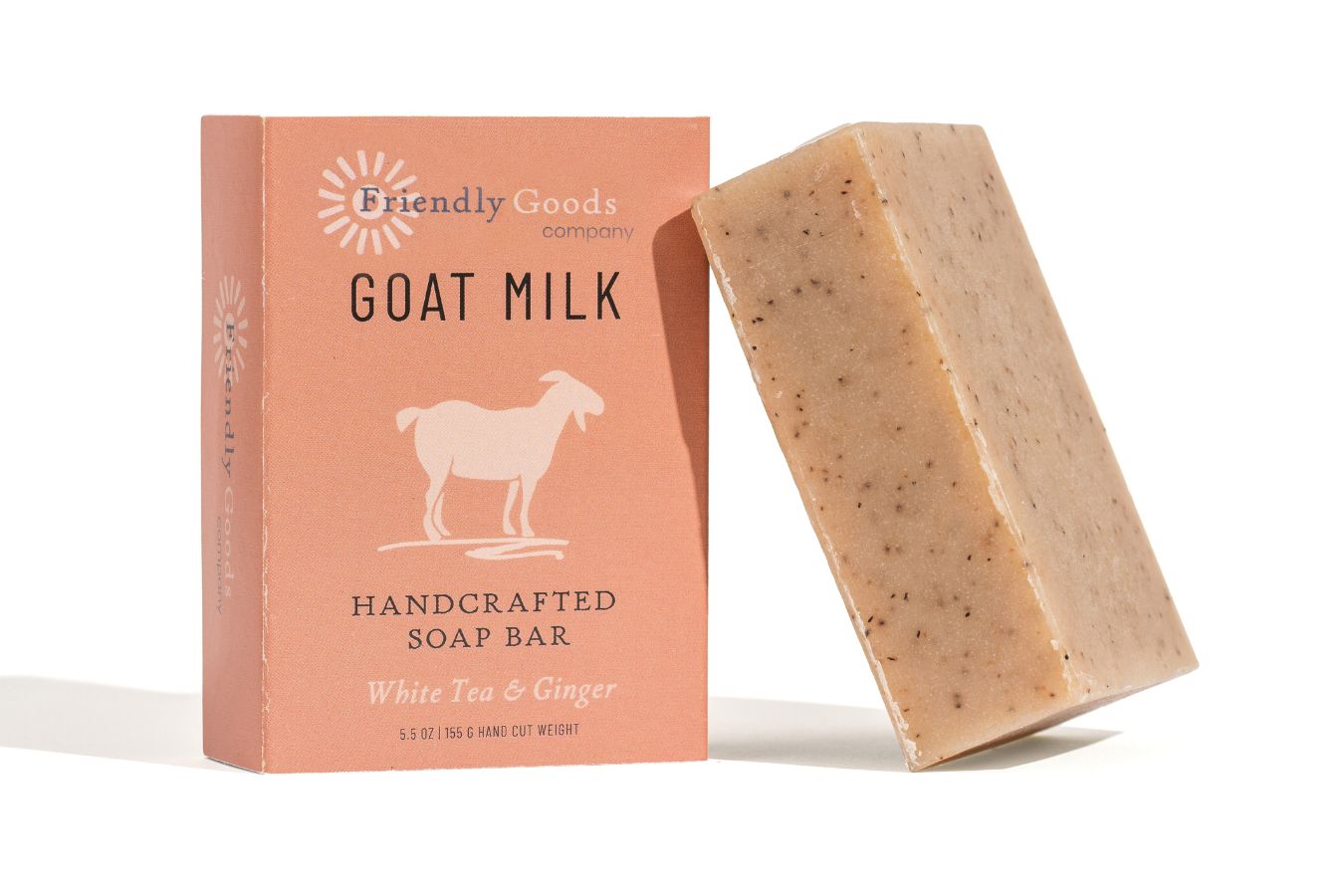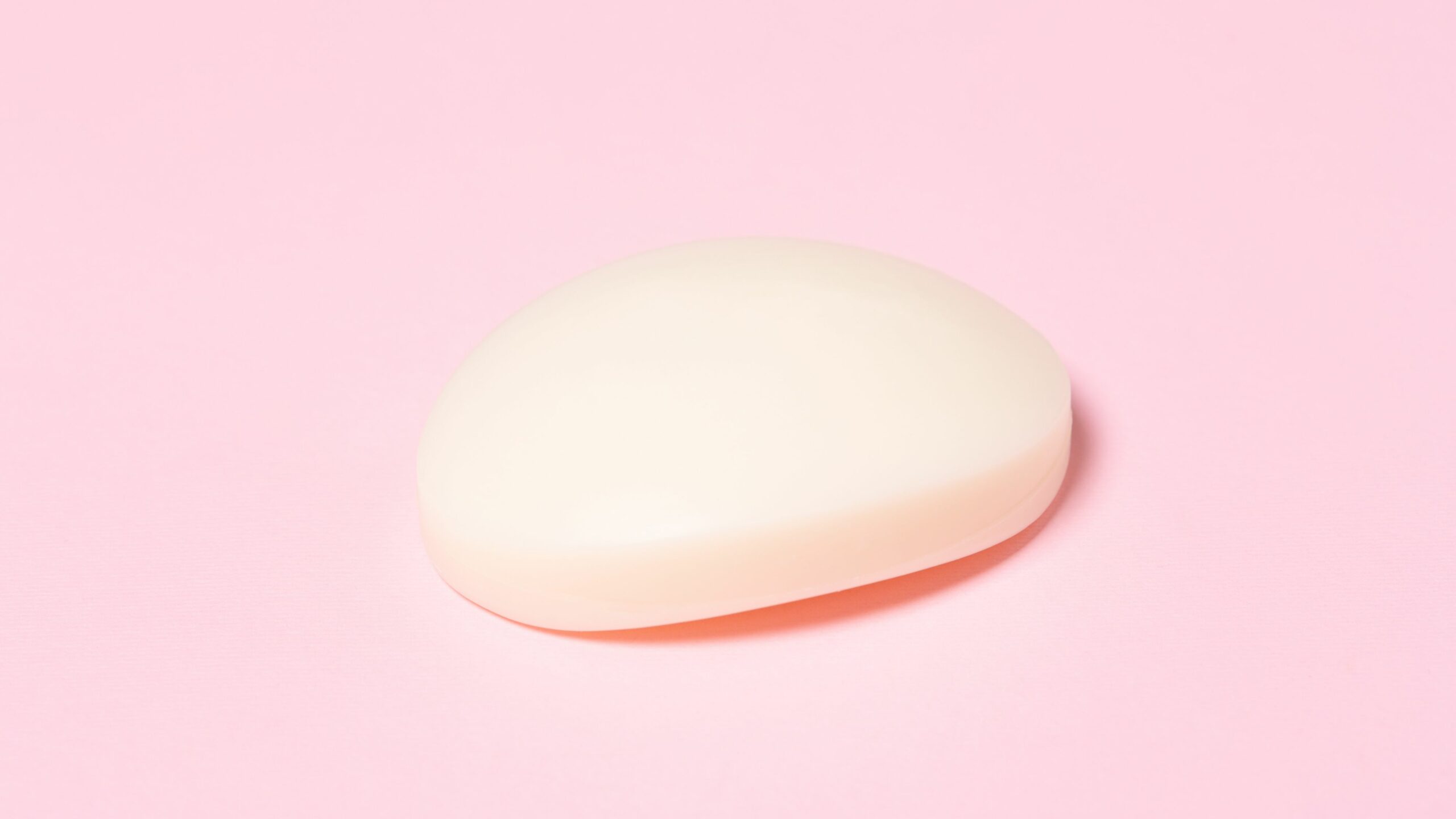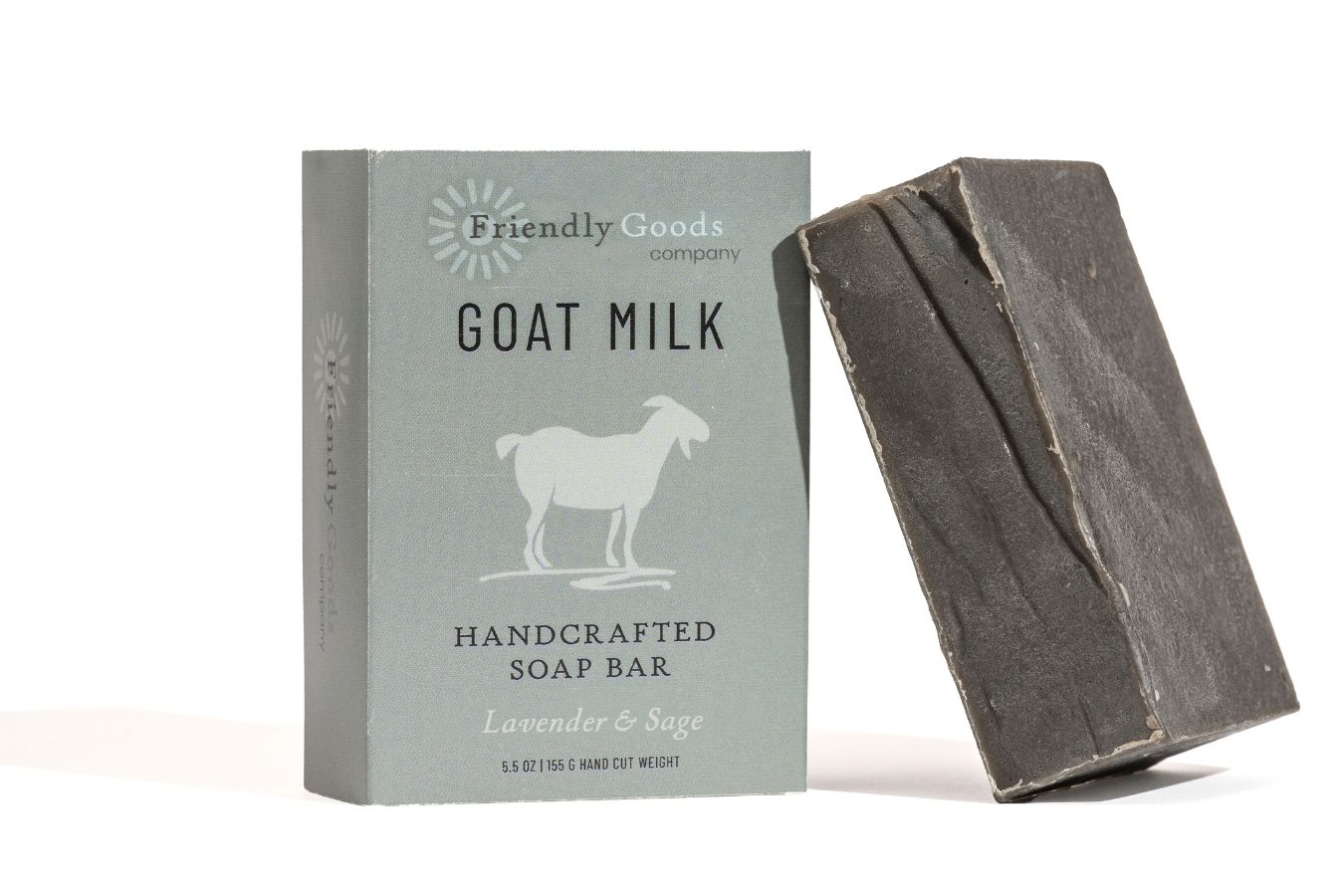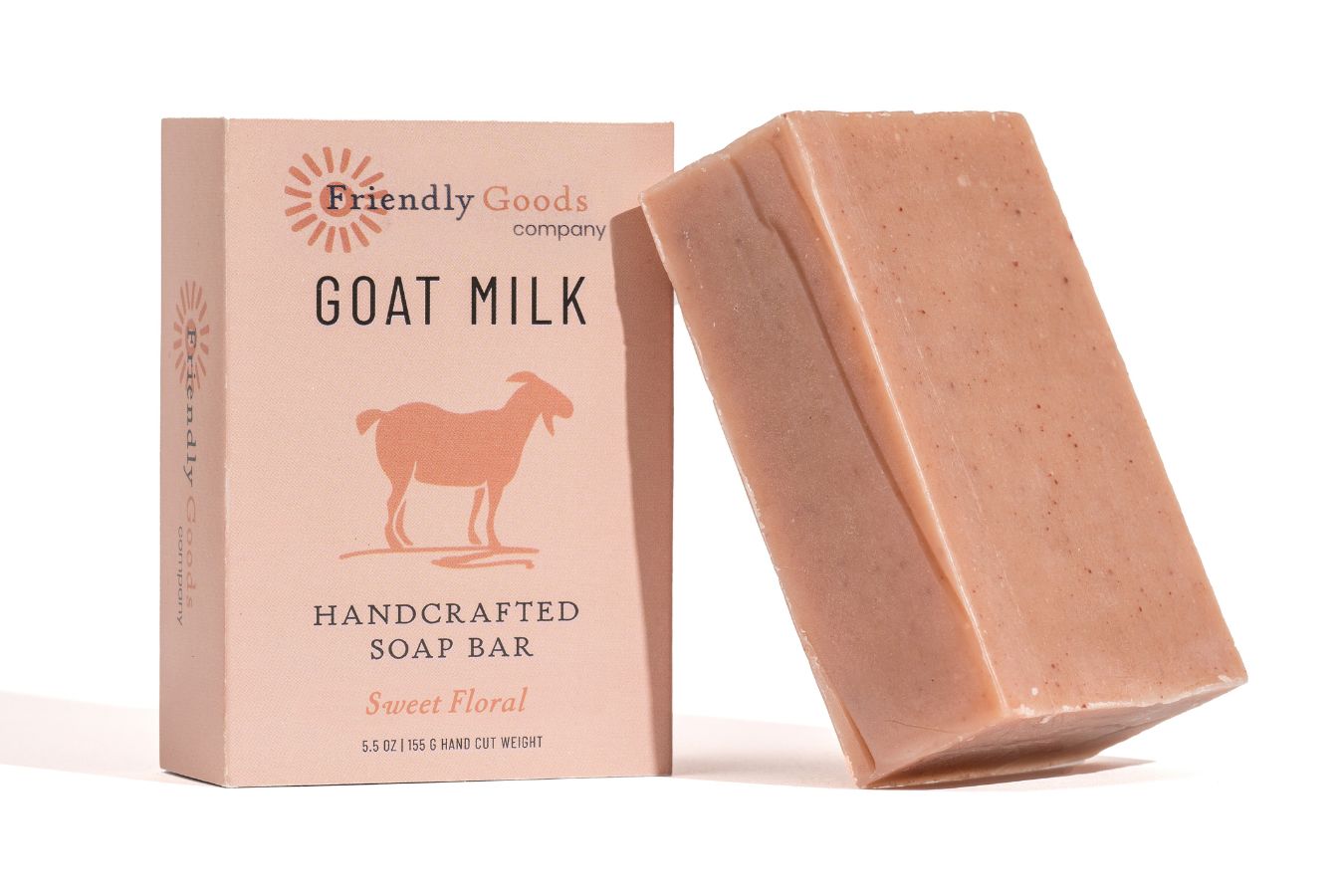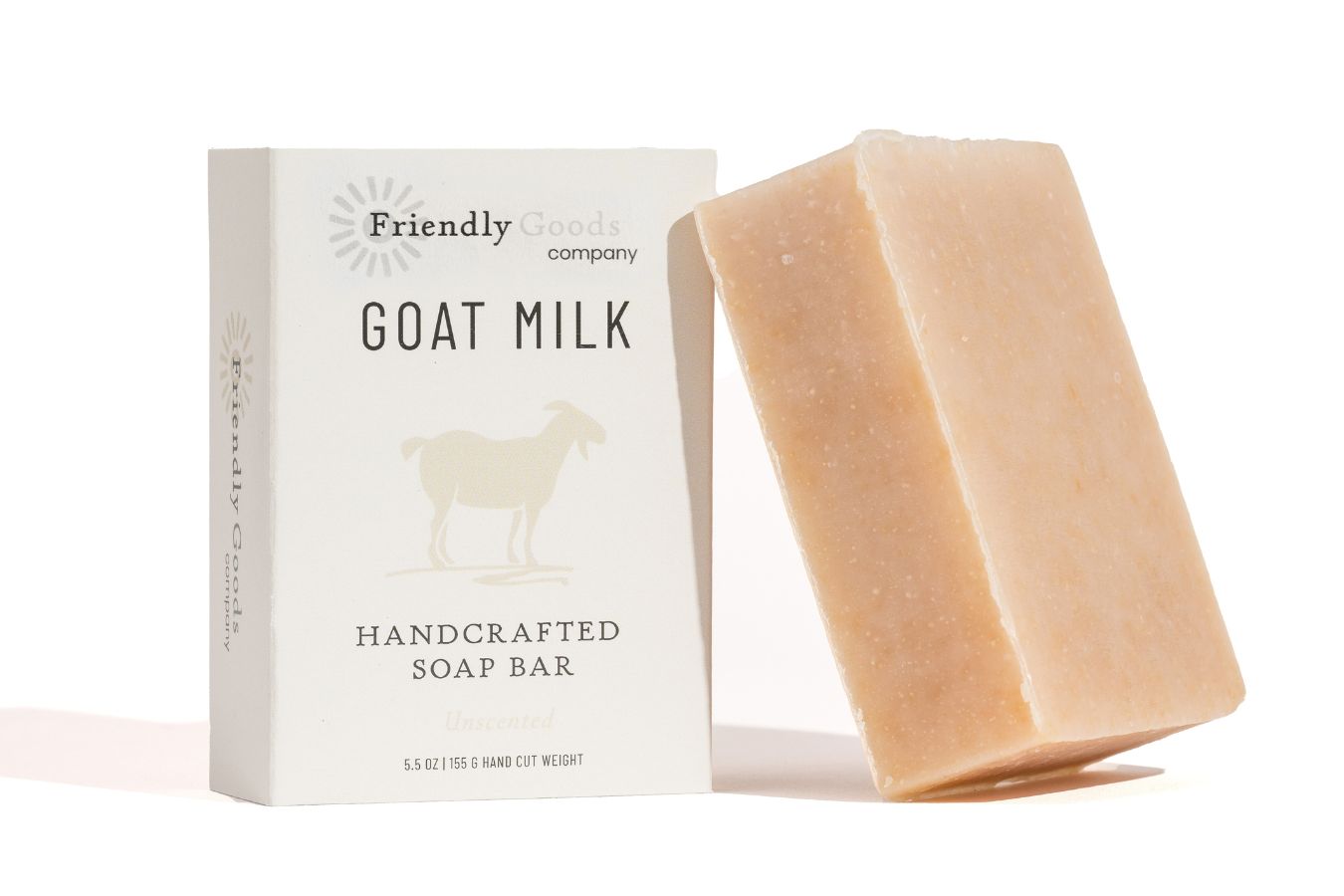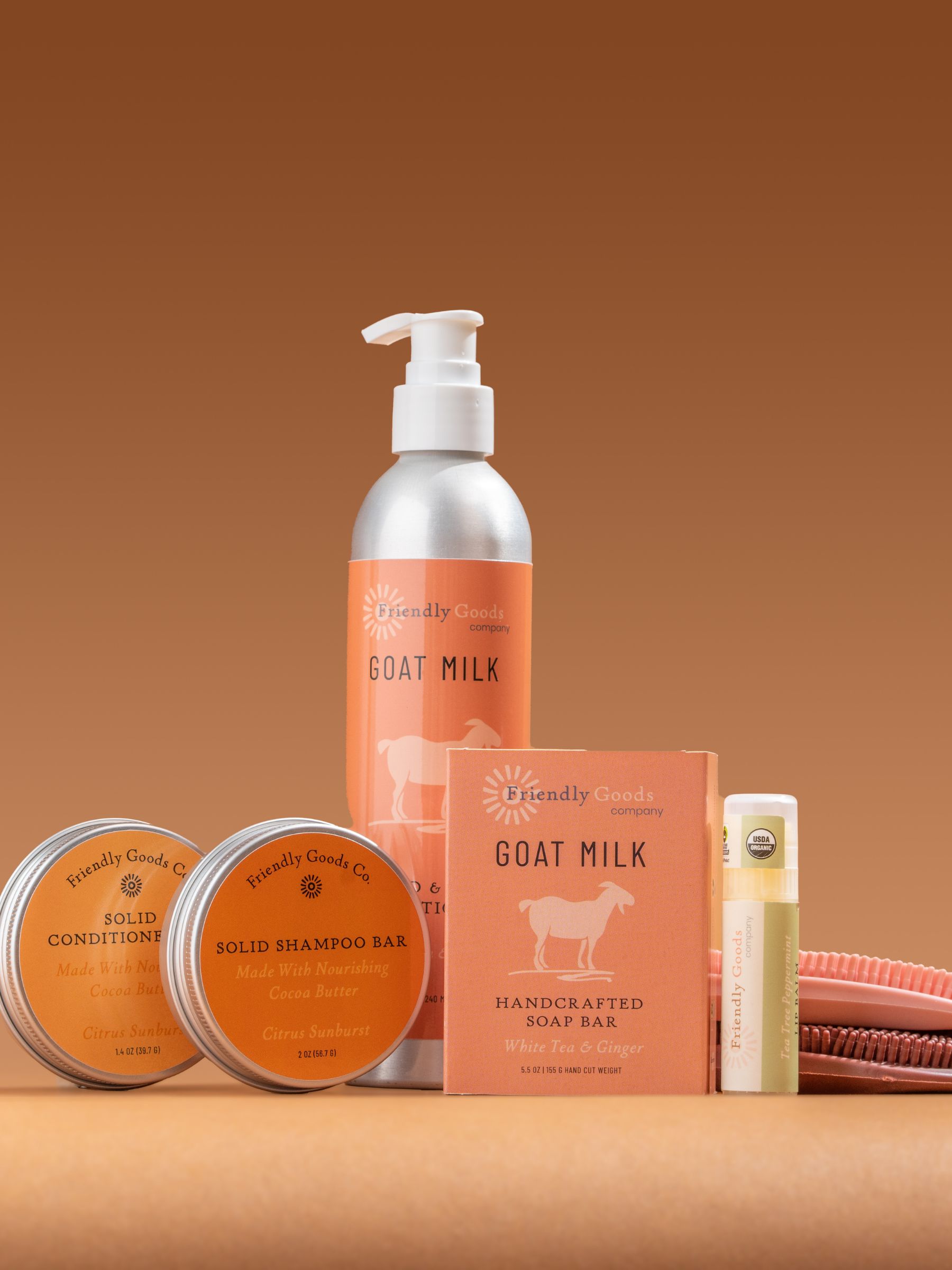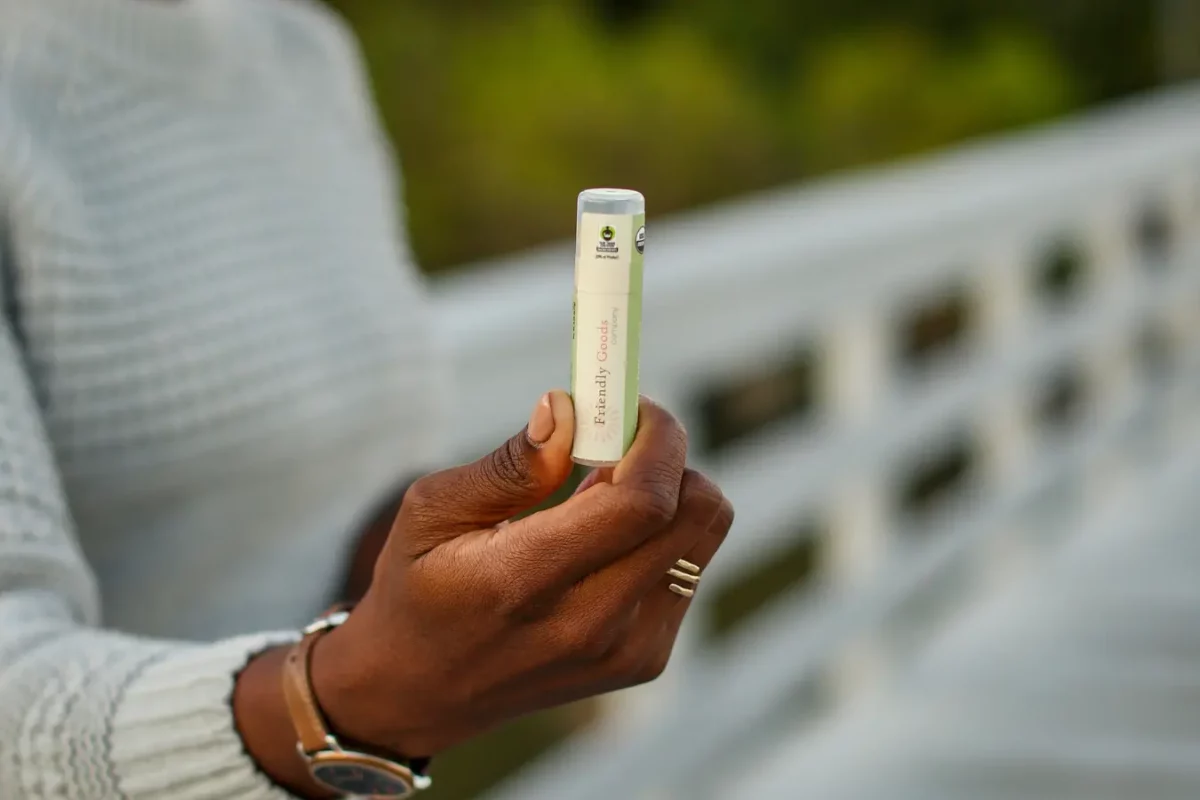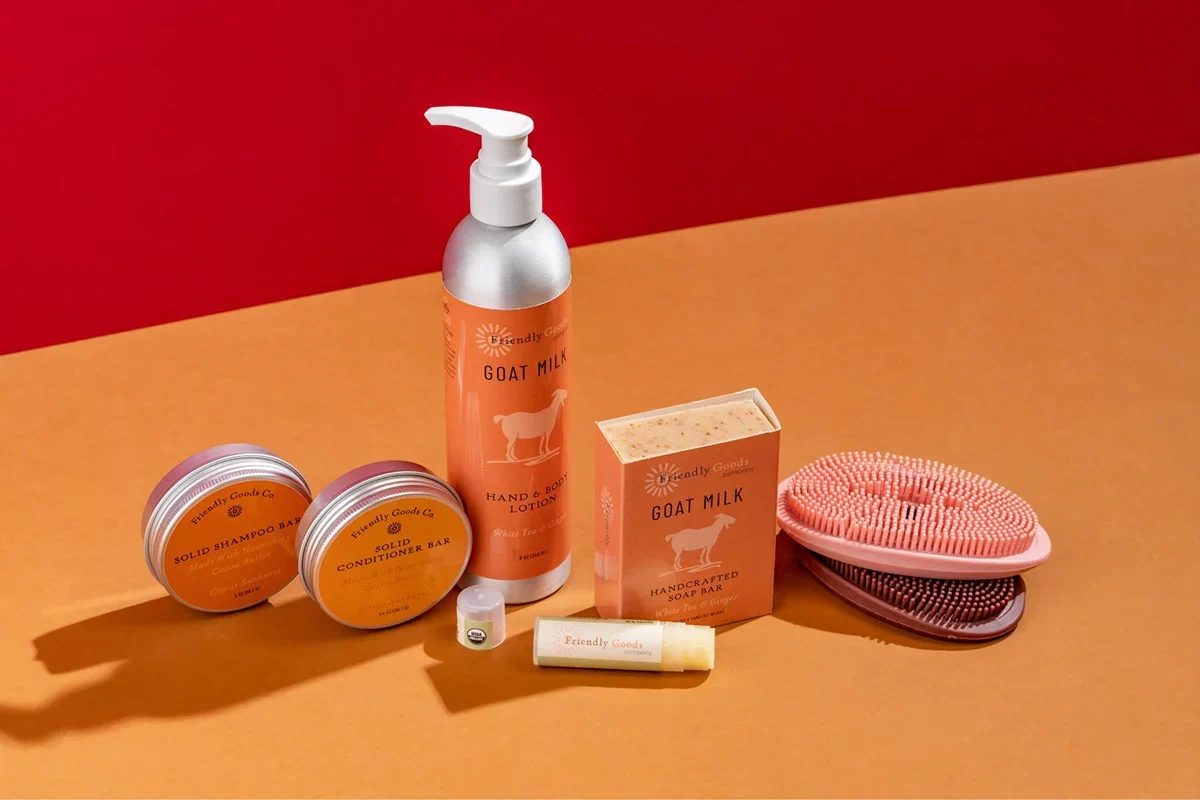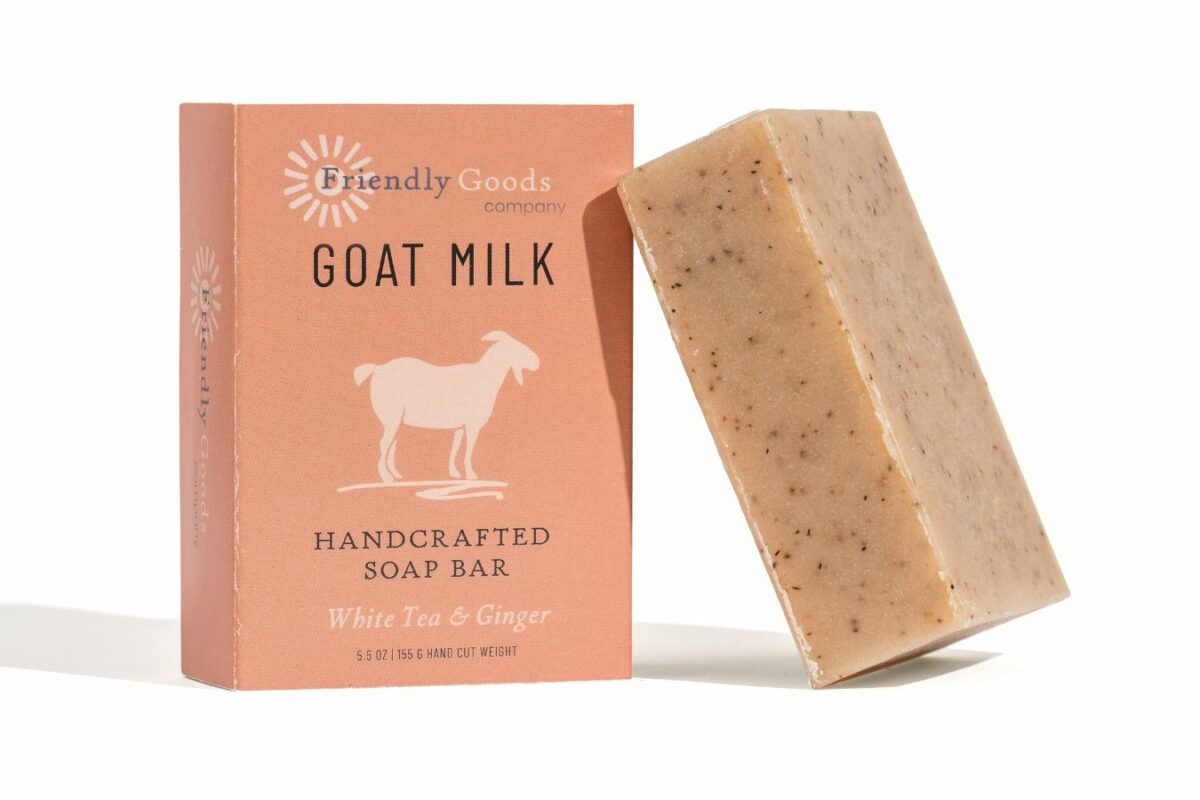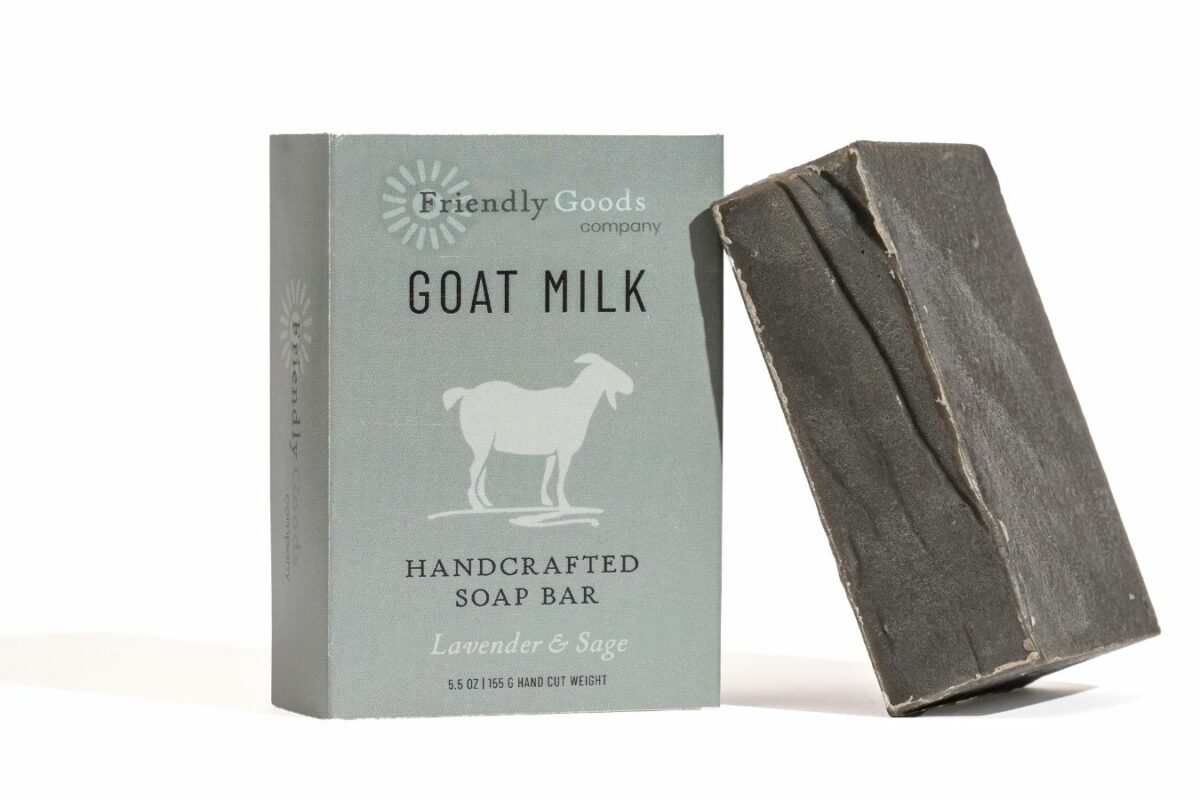
“Wait a minute, you’re trying to tell me the “soap” I’m buying at the store isn’t soap?”
“Yep.”
“That white, slightly curved bar, in white packaging isn’t…soap?”
“Nope.”
Crazy, right? These are the same questions we asked when we learned this the first time.
Turns out, the FDA–yes, that one–regulates soap and its definition. Don’t believe us? Navigate to their very own website (or scroll below and we’ll break it down for you).
Soap is a regulated term used to describe a product that is made by combining natural fats or oils with an alkali, such as sodium hydroxide. This chemical reaction, known as saponification, creates a substance that is capable of gently cleaning the skin without stripping it of its natural, beneficials oils. This is what the FDA considers good ol’ fashioned soap. In contrast, “beauty bars” (clever marketing to get around calling their product soap) are not regulated and can be made with a variety of synthetic ingredients, such as detergents, surfactants, and lather boosting agents.
Definition aside, let’s delve into the primary differences between soap and beauty bars.
Differences Between Soap and “Beauty Bars”
One of the key differences between soap and beauty bars is the way they interact with the skin. Soap is made with natural ingredients that can be gentler and less stripping, while beauty bars can be drying and irritating to one’s skin. Common synthetic ingredients in beauty bars include sodium lauryl sulfate, lather boosting agents such as cocamide and DEA, and petroleum based products such as mineral oil.
Another advantage soap can have over beauty bars is its ability to kill bacteria and other microorganisms that can cause infections or acne. Beauty bars, on the other hand, may not have the same antimicrobial properties, leaving your skin vulnerable to germs and bacteria. *gross*
In addition to its benefits for the skin, soap can be friendlier to the environment. Most soaps are biodegradable, meaning that they break down into natural compounds that can be safely absorbed into the environment. Beauty bars, on the other hand, may contain synthetic ingredients that can pollute soil and water.
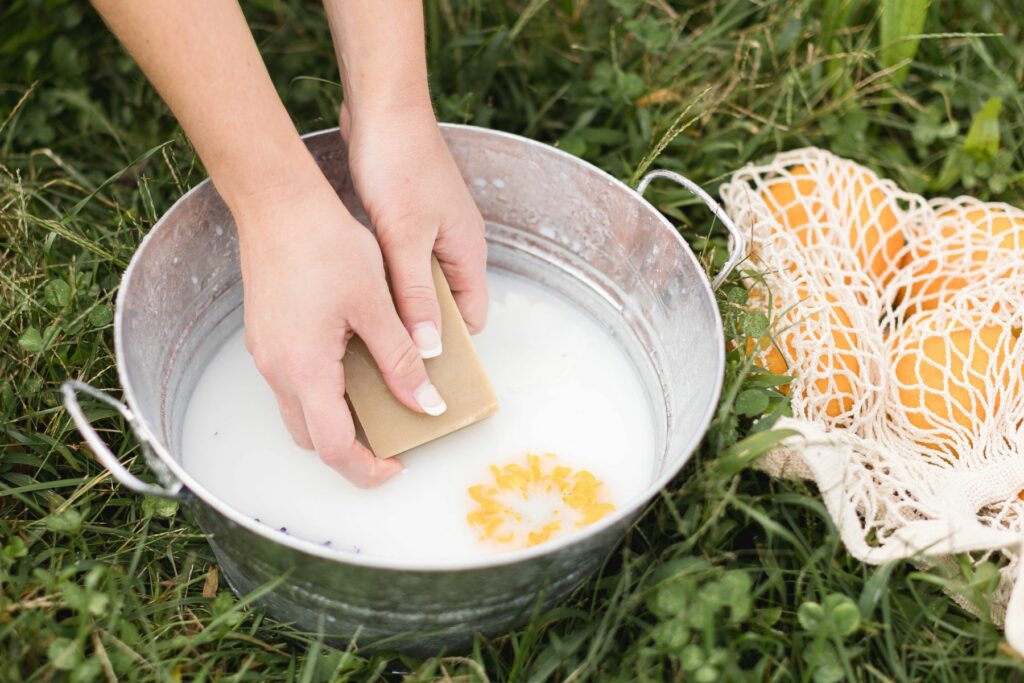
Why Are Beauty Bars So Prevalent?
So why do major companies keep cranking out these synthetic products and coming up with marketing schemes to cover up the fact that they can’t call their own products soap?
Money!
Simply put, manmade and petroleum-derived synthetic ingredients are a fraction of the cost of natural oils and food-grade ingredients. This enables beauty bars to be manufactured and sold inexpensively to more people. And to be fair, most common synthetic ingredients have been used for decades and are proven to be safe. We are simply putting more faith in a product that has been used for millennia, has fewer ingredients, and works better for our skin.
To Conclude
Overall, it’s clear that soap is the better choice for your skin and the environment. While beauty bars may be convenient and easy to use, they can be harsh and drying, and may not have the same antimicrobial properties as soap. By choosing natural soap, you can enjoy the benefits of gentle, moisturizing ingredients that are safe for your skin and the planet.
